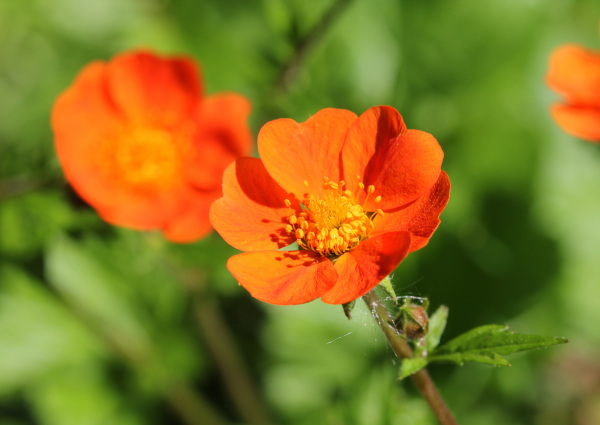How to grow Geum
Belonging to the rose family, geum is a genus of around 50 hardy perennial species cultivated for their early and long-lasting flowers, and range of bright colours.
With a floriferous nature and often gentle, airy habit, geum is valued for its role as a reliable ‘filler’ plant. Its early-season flowering period means it is a mainstay of the Chelsea Flower Show, and therefore a firm favourite among designers and professionals.
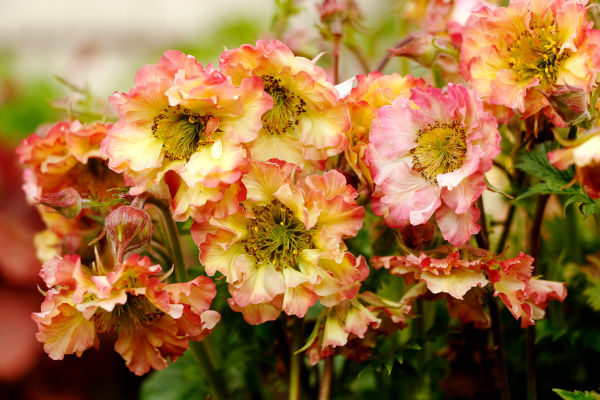
Key Information
Belonging to the rose family, geum is a genus of around 50 hardy perennial species cultivated for their early and long-lasting flowers, and range of bright colours.
With a floriferous nature and often gentle, airy habit, geum is valued for its role as a reliable ‘filler’ plant. Its early-season flowering period means it is a mainstay of the Chelsea Flower Show, and therefore a firm favourite among designers and professionals.
Soil pH
Position
Hardiness

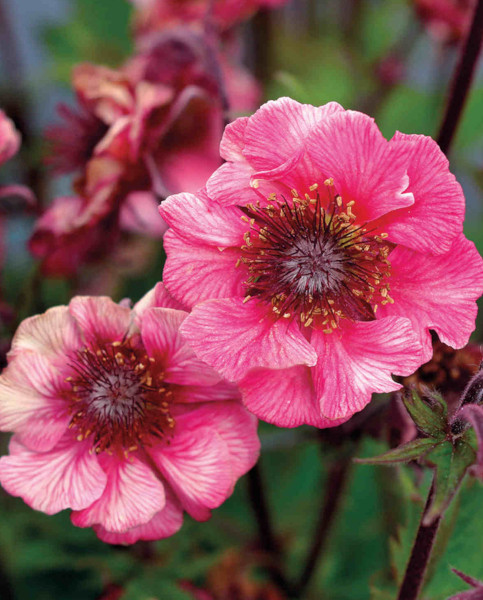
Where to plant Geum
For best results, plant in autumn or spring. An autumn planting is suitable for those gardening in mild conditions (broadly speaking, the southern half of the UK). For those liable to very cold winters it is best to wait until spring (generally the northern half of the UK). Planting can also be carried out during summer, though a watchful approach to watering is required.
All species of geum enjoy a moisture retentive soil, though will not tolerate waterlogging. In terms of light levels, some do well in sun, while others prefer partial shade. Check individual descriptions to help in choosing a spot. All geum (even those able to tolerate full sun) do best with their feet in cool soil, and are likely to struggle in hot, sun-baked situations. A good layer of mulch (either organic or stone) and planting plenty of leafy, low-growing neighbours can help to provide optimum conditions.
Smaller species such as Geum montanum and Geum coccineum go well in a rock garden, whereas larger types can be used towards the front of a border. Geums can also be grown in a container providing they are watered and fed regularly.
How to plant Geum
In the ground
- Clear the chosen area of weeds.
- Dig a planting hole several times larger than the root ball. It is a good idea to mix in plenty of well-rotted organic matter at this stage, particularly if you are gardening on sandy or poor soil.
- Place the plant in the hole, ensuring the top of the root ball sits level with the surface of the soil. Too low and the plant may rot, too high and the roots can dry out.
- Backfill with soil and firm in gently.
- Soak well with water.
- Mulch with well-rotted organic matter.
In a container
- Choose an appropriate container (the eventual size of geum varies considerably, so do check individual descriptions to help you select the right size). Ensure there are plenty of drainage holes in the bottom.
- Use a good quality potting compost with a little horticultural grit mixed in, and, if not already present in the compost (check the description on the bag) some slow-release fertiliser granules.
- Start by partially filling the pot with compost; enough so that when placed on it the upper surface of the root ball is about 3cm lower than the top of the pot.
- Infill all the space surrounding the root ball with compost, firming down with your fingers then adding a little more so the plant is held tight.
- Pick up the pot (if you can!) and lightly tap on the potting bench or ground a few times to help further settle the compost around the plant.
- Soak well with water.
- A mulch with horticultural grit will look attractive and help to prevent a ‘cap’ or crust forming on the top of the compost (something container plants can suffer due to the artificial nature of their watering).
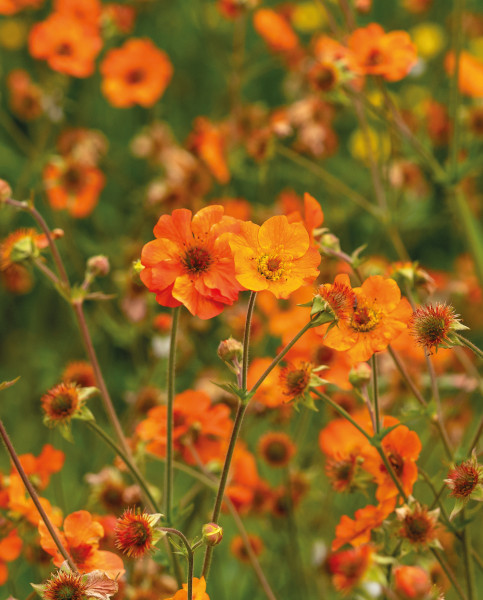
What to plant with Geum
Tending to be at their most floriferous in late spring and early summer, the taller, sun-loving geum varieties are a perfect ‘filler plant’ to grow around early season stars such as allium, iris, and lupin. Combine with later or longer flowering plants for continuity and season-long colour. Think along the lines of geranium, gaura, erigeron, diascia, erysimum, and aster.
Shade-loving geum varieties tend to start flowering a little earlier and make natural companions to hellebore and pulmonaria.
If you would like any further planting ideas or growing advice for your geum, please contact our friendly and knowledgeable Customer Care Team - we will be more than happy to help you.

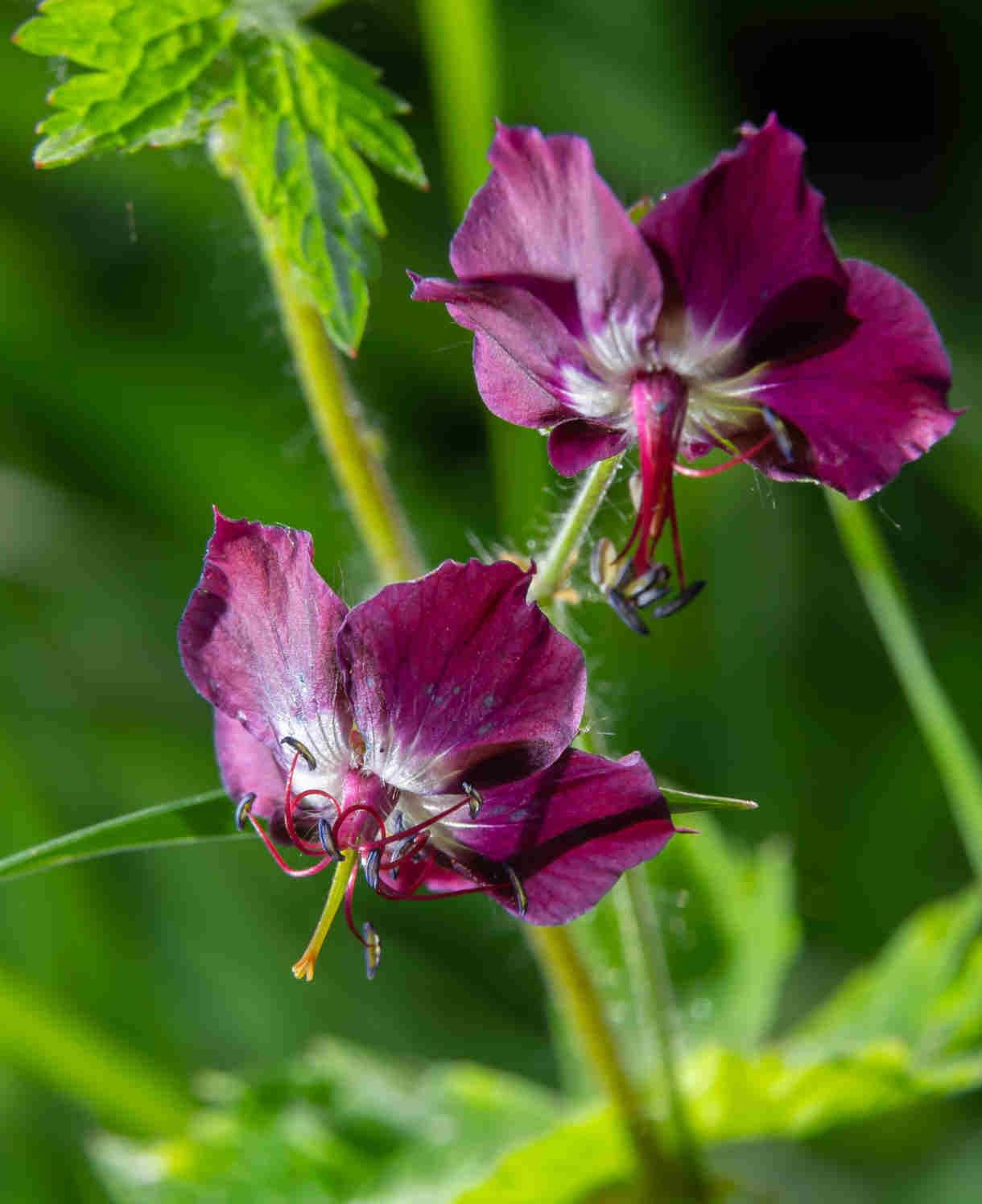
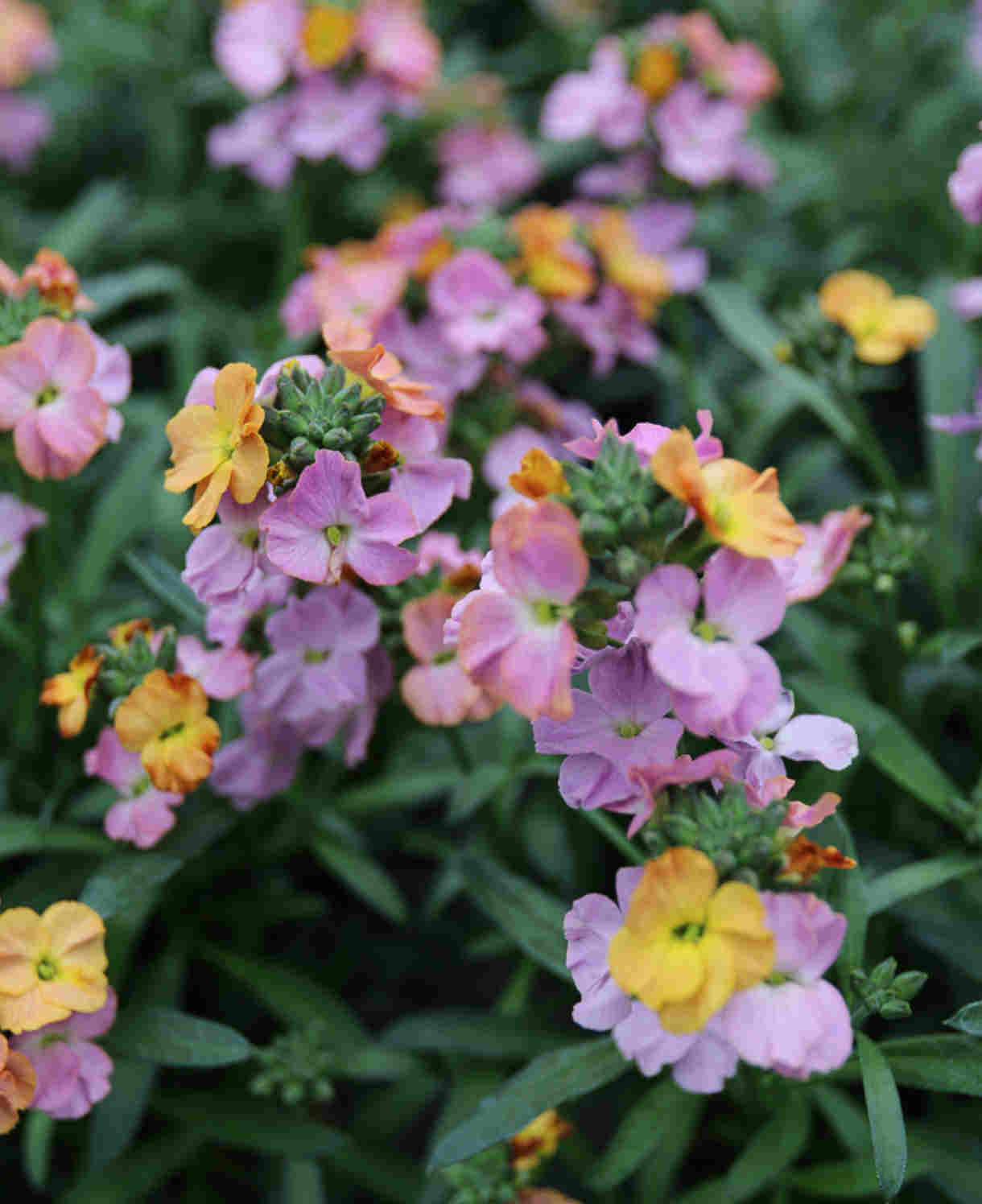
How to care for Geum
Pruning and Deadheading
Deadhead regularly to prolong flowering (taking flowered stems down to the ground). Geum has attractive seedheads which if left on the plant will last well into winter. In this scenario, a light spring tidy of stems is all that is required. Geum can be deciduous, semi-evergreen, or evergreen. In any case, remove leaves if/ when they have withered.
Watering
Water geum until established, and then in very dry spells thereafter. Geum planted in a container will require regular watering throughout the growing season. Allow the top few centimetres of compost to dry out between soakings.
Cold Protection
Geum is very hardy and will easily come through UK winters without the need for additional protection.
Pests and Diseases
Geum is largely trouble free, though you may experience defoliation caused by the feeding of geum sawfly larvae. These are active during spring and early summer, and while damage can be unsightly at the time, plants tend to recover without the need for intervention.
As always, we encourage pests such as these to be viewed as an integral part of a healthy garden ecosystem and tolerated wherever possible. If they are causing significant problems, we recommend the first line of defence to be encouraging natural predators such as birds and beetles into the garden. If all else fails, larvae can be removed by hand throughout May and June.
How to propagate Geum
We recommend propagating geum by division, which is best done every three years in autumn or spring. As well as providing new plants, this also maintains the health and vigour of existing clumps and prevents them from becoming woody.
- Choose a day when the soil is not frozen or waterlogged.
- Dig the plant out of the ground.
- Shake off any excess soil.
- Separate the plant into sections using either swift, cutting blows with a sharp spade, or two forks inserted back-to-back with tines touching, handles then pushed together to prise the plant apart.
- Discard old, damaged, or surplus pieces, keeping healthy, vigorous material.
- Replant selected pieces where desired.
- Water well until fully established.
Common Geum Questions:
Is geum easy to grow?
Geum is wonderfully low maintenance, asking very little of the gardener while providing many months of plentiful colour. It is often recommended for beginners and children.
How do you keep geum blooming?
Some geum (such as ‘Totally Tangerine’ and ‘Scarlet Tempest’) are sterile hybrids, meaning they do not set seed and will flower for a long time with no need for deadheading. Others do produce seeds and will therefore need regular deadheading to prolong the flowering period. Check individual descriptions for details, or simply observe your plant to see which camp it falls into.
Does geum spread?
Geum tends to have a gradual spreading habit using either rhizomes (which grow below the surface of the soil) or stolons (found on top of the soil). A simple annual removal of these will restrict spread if necessary.
Can geum be grown in a pot?
Given regular watering and feeding, geum can make an excellent container plant.
Does geum bloom all summer?
As a general rule, the sun-loving geum varieties tend to get going in late spring and flower throughout most of summer (their most floriferous period being in the first half of this period). Some will keep going into early autumn. Check individual descriptions for more details. Varieties preferring partial shade often have a slightly earlier flowering period.
